Computers play a significant role in making remote work a success. How proficiently you complete your daily work depends on the kind of tasks you handle and the computer specifications. Users mostly emphasize more on having a stable internet connection while they overlook the need to have a reliable device.
The remote job market is divided into two major categories that include CPU-intensive jobs and non-CPU-intensive jobs. The hardware and software specifications hugely depend on the nature of the job. If you are new to these categories, here is a quick overview to give you a brief understanding of tasks.
CPU-intensive jobs include handling heavy tasks such as graphic designing, video editing, 3D editing, software development, mobile development, web programming, architecture designing, and similar. These jobs require downloading heavy apps and files that consume system resources and storage.
Non-CPU-intensive jobs require you to deal with limited computing tasks such as emailing, record keeping, documentation, and similar operations. Jobs such as sales and marketing, data entry, data analytics, accounting, customer service, telemarketing, content writing, or technical support fall under this category.
Desktop or Laptop: What Would You Prefer?
Although you can get the same level of hardware specifications in a desktop computer or laptop. Desktops are easy to upgrade, yet laptops are portable, and you can carry them along wherever you go. You can even download professional apps to enhance your laptop’s functioning, as some of them allow you to control functions using a trackpad.
Keyboard is another important aspect to consider. Typing on a laptop’s keyboard can be quite uncomfortable. In addition, if you are used to macros and specific shortcuts on MS Windows, the same cannot be said about MacBooks.
Of course, getting used to a different operating system takes time, and that is expected. When you need to run resource-heavy apps, and programs or your work doesn’t involve any sort of travel, then the desktop is a sturdy option for you. On the other hand, if you need to travel frequently for work, a laptop is an ideal option. When the budget is limited, a Windows desktop is all you need to handle all your tasks efficiently.
Intel or AMD: What Processor Would You Buy?

When it comes to processors, you will find most from the house of Intel and AMD. Both the chips give you the performance you need, given that you buy the right generation. Picking an ideal processor based on your tasks can be challenging as there are a few things you need to consider.
Processor cores play a major role here. For non-CPU-intensive tasks, a dual-core processor can be sufficient to deliver the expected performance. However, you may need to invest in a 6 core or higher if your work tasks involve CPU-intensive operations such as graphic designing, testing codes, or gaming.
SSD or HDD: What Storage Technology and Capacity?
SSD allows for faster data storage and processing. If there’s any apprehension on whether to go with an SSD or HDD storage, the former is the better choice. Although you will get the solid-state drive at quite an expensive deal, it’s worth it, considering the performance it gives you in the long run.
As far as hard disks are concerned, you may not find any technicalities with them unless you are engaged in a high-end profession. SSDs run over advanced technology, so they are comparatively fail-proof. So, if your budget allows, go with a 500 GB SSD; else, a 1TB hard drive is more than sufficient to deal with large volume data.
What About Screen Size?

Well, that again depends on the nature of work and whether you are working from a single location or traveling a lot while working. So, no screen size is ever too big or small, whatever tasks you are handling. A bigger screen is always recommended since it protects your eyes from overstraining.
With desktops, you must opt for at least a 27-inches screen since it’s a one-time investment, and you can use it for multiple tasks. However, with laptops, considering the portability factor in mind, a 15-inches screen is appropriate for the majority of tasks. When you are working from home, adding an external monitor is a good option to enhance your screen experience.
Do You Need Graphics Cards?
The graphics card decides the quality of images that you see on your computer screen. When you are editing an image, cropping a video, or playing a game, the performance and resolution very much depend on the graphics cards. For non-demanding tasks, one integrated into your computer is sufficient.
In short, the in-built graphics card can efficiently handle most of the tasks you do on a computer. You may need a discrete graphics card for video editing, CAD rendering, 3D editing, programming games, and similar tasks. The most popular video cards include the Nvidia GeForce and AMD Radeon.
This is just an idea to give you an understanding of computers you might need for CPU and non-CPU intensive jobs. Some of the jobs mentioned in the non-CPU intensive category may require a powerful computer, or several job profiles mentioned in the CPU intensive category may need a simple device with minimal specifications.


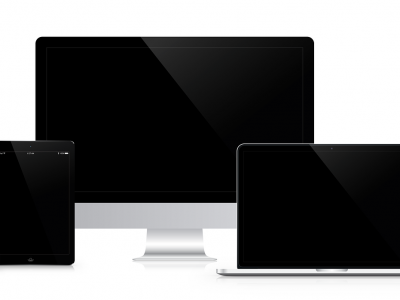



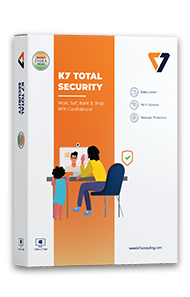




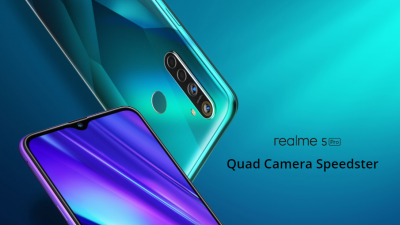



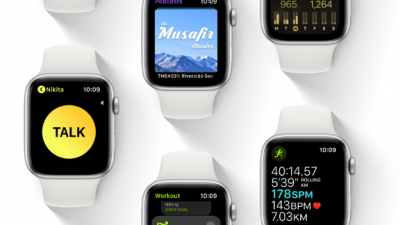
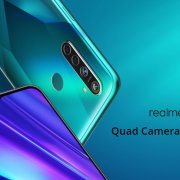
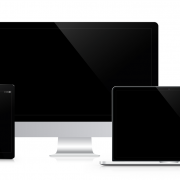



Comments